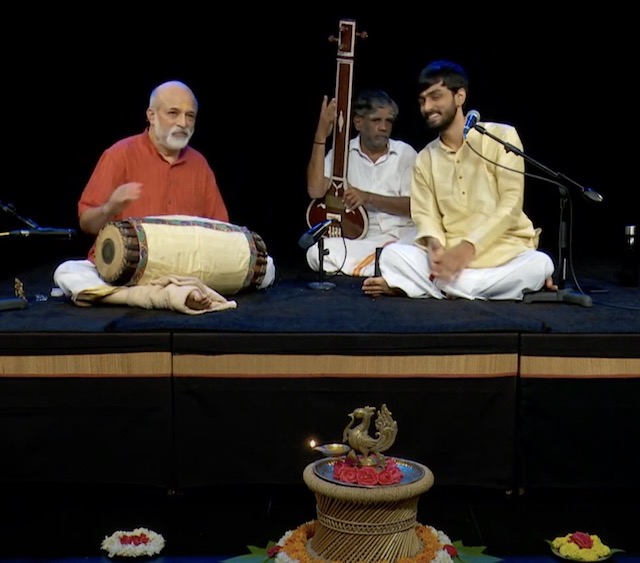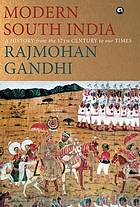
A combination of “Muki-Prana”
Ragam – Tanam – Pallavi
Concept and Pallavi lyrics by TR Sundaresan – Mridangam
Tuned and sung by S SrivathsanTR Sundaresan, on the occasion of India’s celebration into the entry of the 76th year of Independence, brings this humble presentation as a dedication to the country. Through the journey of Independent India there have been many great musicians who have contributed to Indian Classical music and its rich tradition.
The late Dr Sri Mangalampalli Balamuralikrishna’s contribution is incredible to this field of Art. One among his contribution is the Tala System he invented through the concept of ‘Muki’. ‘MUKI’ gives a different form of 175 Talas to Carnatic Music apart from the existing 175 Talas.
‘Muki’ is applied over the ‘Kriya – Prana’ of Tala. The ‘Sashabhtha Kriyas of the Tala is explored with the relevent five different kinds of “Gathi” ( acknowledged by him as the ‘MUKI‘) and the Nishabtha Kriyas remain as 4 Mathras throughout the Tala cycle per Kriya.
On the event of Dr Balamurslikrishna’s Anniversary TR Sundaresan takes the concept of ‘MUKI’ as a source of Inspiration to present a celebrating moment for the 76th year of Independent India. TR Sundaresan has taken the Ata Tala, which has two Lagu and two Drutams to explore this. The first Lagu with Tru Muki Trisra Jathi and the second Lagu with Pancha Muki in Kanda Jathi.
Two Drutams are set to Saptha Muki. In this Sundaresan has applied three different Mukis within the Tala Cycle and given a new Tala name called Triveni. This tala has 76 mathras per cycle to honor the 76th year of Independence. The lyrics for the Pallavi is written by Sundaresan himself to acknowledge Dr Balamuralikrisha on his remembrance day with the Tala Mudhra and Raga Mudhra to the lyrics. The lyrics are tuned by Vidwan S Srivatsan who will give vocal support for this Laya exploration.
Source: “Triveni-A combination of “Muki-Prana”
URL: https://www.youtube.com/watch?v=1373ssBLT6Y
Date Visited: 16 March 2023
[Bold typeface added above for emphasis]
Subscribe to TR Sundaresan’s video channel here:
https://www.youtube.com/@SundaresanTRS
YouTube channels & more
- https://www.youtube.com/c/SannidiAcademyOfMusicandArts/videos
- https://www.youtube.com/user/Rhythm43759
- Layavinyasam: Navarasa Navarthri
- TR Sundaresan on this website
- A musical tribute to Dr Pia & Prof SA Srinivasan
Carnatic music as experienced today: its social and political context in a nutshell

As the nineteenth century closes and in January 1901 a distant Empress dies, the onlooker recognizes an advance across South India in education, a growing print culture, and an emerging middle class of small landholders, doctors, lawyers, college teachers, writers, government employees and merchants.
In the realm of ideas, the onlooker discerns a few currents. One is of nationalism. Another is for reform in traditional customs and exclusions. A third is of linguistic pride. And a fourth pursues equality among castes.
Rajmohan Gandhi in Modern South India: A History from the 17th Century to Our Times , p. 236
This is a Dravidian story, and also more than that. t is a story involving four centuries, the seventeenth, eighteenth, nineteenth and twentieth, yet other periods intrude upon it… [cover notes]
Information about the persons, items or topics
Research & Custom search engines
The Oxford Illustrated Companion to South Indian Classical Music
Learn & practice more
A brief introduction to Carnatic music (with music examples and interactive map)
Bhava and Rasa explained by V. Premalatha
Free “flow” exercises on this website
Introduction (values in the light of modernity)
Video | Keeping tala with hand gestures: Adi (8 beats) & Misra chapu (7 beats)
Why Carnatic Music Matters More Than Ever
Worldcat.org book and journal search (including Open Access)